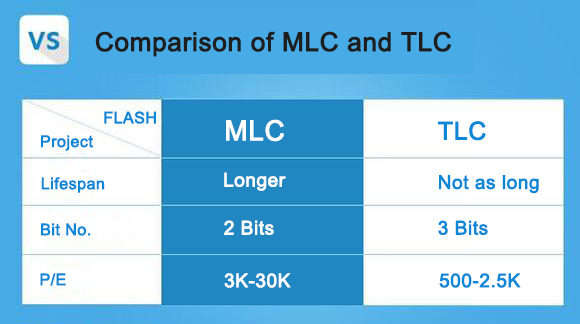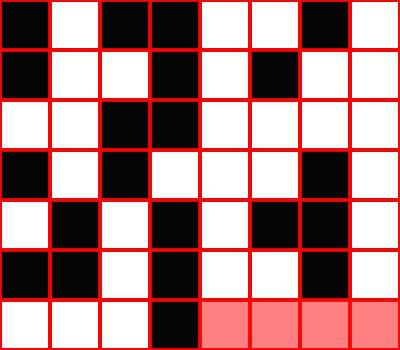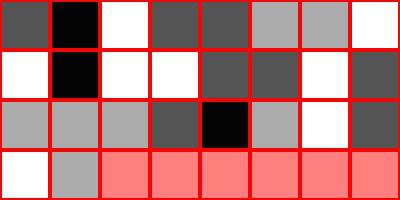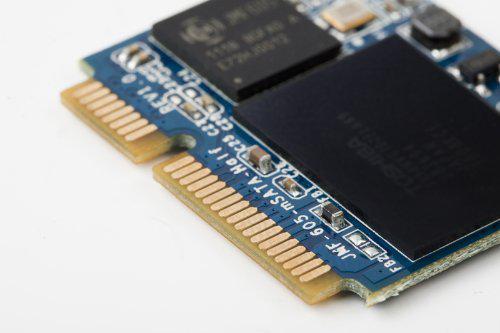Latest Posts
SLC、MLC、TLC which is better?
What is SLC?
There are two types of storage units: SLC (Single Level Cell) and MLC (Multi-Level Cell). The strength of the SLC flash memory is that the number of rewrites is up to 100,000 times, which is 10 times higher than that of MLC flash memory. Besides, the control chip has a checksum intelligent wear-leveling technology algorithm to ensure the life of the MLC and that the number of writes of each storage unit can be equally distributed, reaching 1 million hours of time between failures (MTBF).
What is MLC?
In storage products such as a USB drive and a SSD, flash memory chips are key to product cost, lifespan and speed. MLC ( Multi-Level Cell) is a 2-bit cell of moderate speed, lifespan and price, with about 3,000 – 10,000 times of erasing and writing.
There is a common misunderstanding online about the architectures of MLC and SLC. Almost everyone thinks the NAND flash memory of the MLC architecture is inferior and that only the NAND flash memory of the SLC architecture has assured quality. However, since the NAND flash memory products of the MLC architecture were put into use in 2003, no user has ever said that the large-capacity CF and SD cards that they had purchased have quality problems. You may say that this is temporary and there will definitely be problems in the future. So, let’s recall the history of MLC and the current development of SLC before drawing a conclusion.
The SLC Technology:
The principle of access of the SLC structure is of two charging values of 0 and 1, i.e., each cell can only access 1 bit of data, which is similar to a switch circuit, simple but very stable. For a computer cpu, accommodation of more transistors necessitates improvement of the production technology and reduction of the sizes of individual transistors. Similarly, the SLC technology is limited by the problem of low silicon efficiency. Advanced process enhancement technology is needed to improve the technique of the process. That means manufacturers must replace the existing production equipment, which could be a bottomless pit of investment. On the other hand, the MLC architecture can store more than 4 charging values at a time, hence a better storage density. In addition, the existing production equipment can be used to increase the product capacity, and manufacturers can enjoy the advantages of production cost while the product yield is guaranteed. Therefore, the MLC architecture is better-received than the SLC one.

Why is MLC better?
TLC has a shorter lifespan than MLC because TLC has more storage status and consumes a lot of memory cells when reading and writing data. For example, using the same main control chips, a mainstream 2×nm MLC flash memory chip of 3K P/E lasts six-fold longer than a 500P/E TLC chip. The storage life of flash memory chips decreases with the improvement of chip nanometer process. So, it becomes more important to use MLC chips to insure the lifespan of SSD.
Quality:SLC > MLC > TLC
For instance, if I want to store a decimal number 3141592653589793, in SLC it is binary 10110010 10010100 00110000 10100010 01010110 11010010 0001

In MLC, it is quaternary 23022110 03002202 11123102
01 
In TLC it is octonary 13122414 12112664
41 
Please read the raw data with your eyes. With SLC, you can quickly distinguish between black and white. With MLC, you can still distinguish 0123. With TLC, though, such determination becomes difficult and can easily go wrong. Flash memory works in a similar way as human eyes. The current value in TLC makes it difficult to read accurately, and a large number of redundant measures need to be added to avoid errors. TLC is really meaningless before a breakthrough technology comes into being . Although the cost is saved by a third, the performance and lifespan are three times worse. And you also have to pay for the redundant measures. So, your losses outweigh gains by using TLC.
To sum up, you get what you pay for. The SLC is the most expensive and has the best performance. The MLC is the second best, and the TLC lags behind them.
At present, most flash drives use TLC cells that are inexpensive but have a mediocre speed and a short lifespan.
In SSD (solid-state drives), mostly used are MLC cells with moderate prices, better speed and lifespan. The low-end SSDs, however, use TLC cells. When you buy a SSD, you can tell which type of cells it contains by reading the product parameters.

SLC chips are mainly used in some high-end SSDs. Most of them are sold for up to 1,000 RMB or more for one piece.
At present, most smart phones use TLC chips. For iPhone 6s, some have TLC chips, and some have MLC chips.
Generally speaking, MLC flash memory chips are the most popular with moderate speed, lifespan and prices. Nevertheless, the TLC technology is progressing, with the product price kept low and catching up with MLC in speed and lifespan. With limited budget, TLC chips of the major manufacturers are a good choice.











Leave a comment